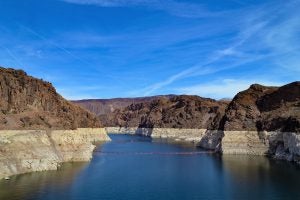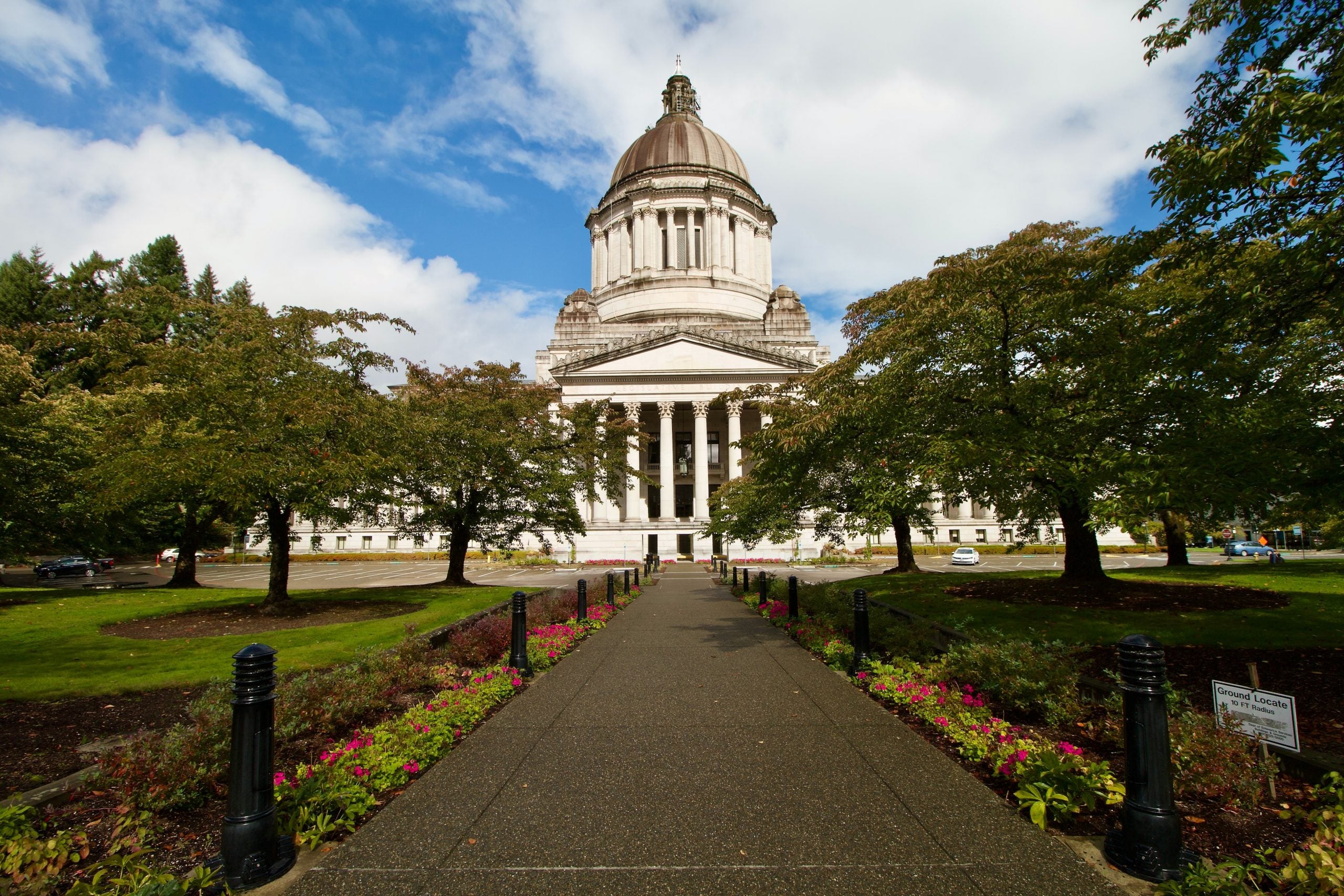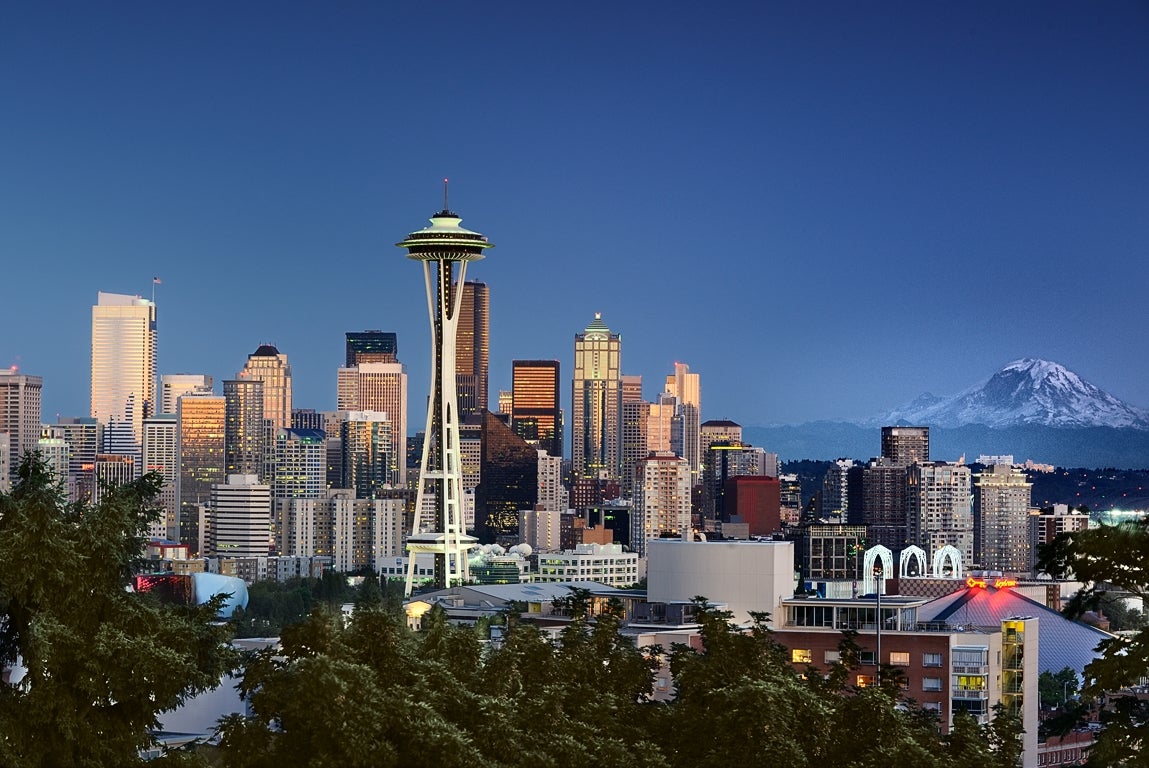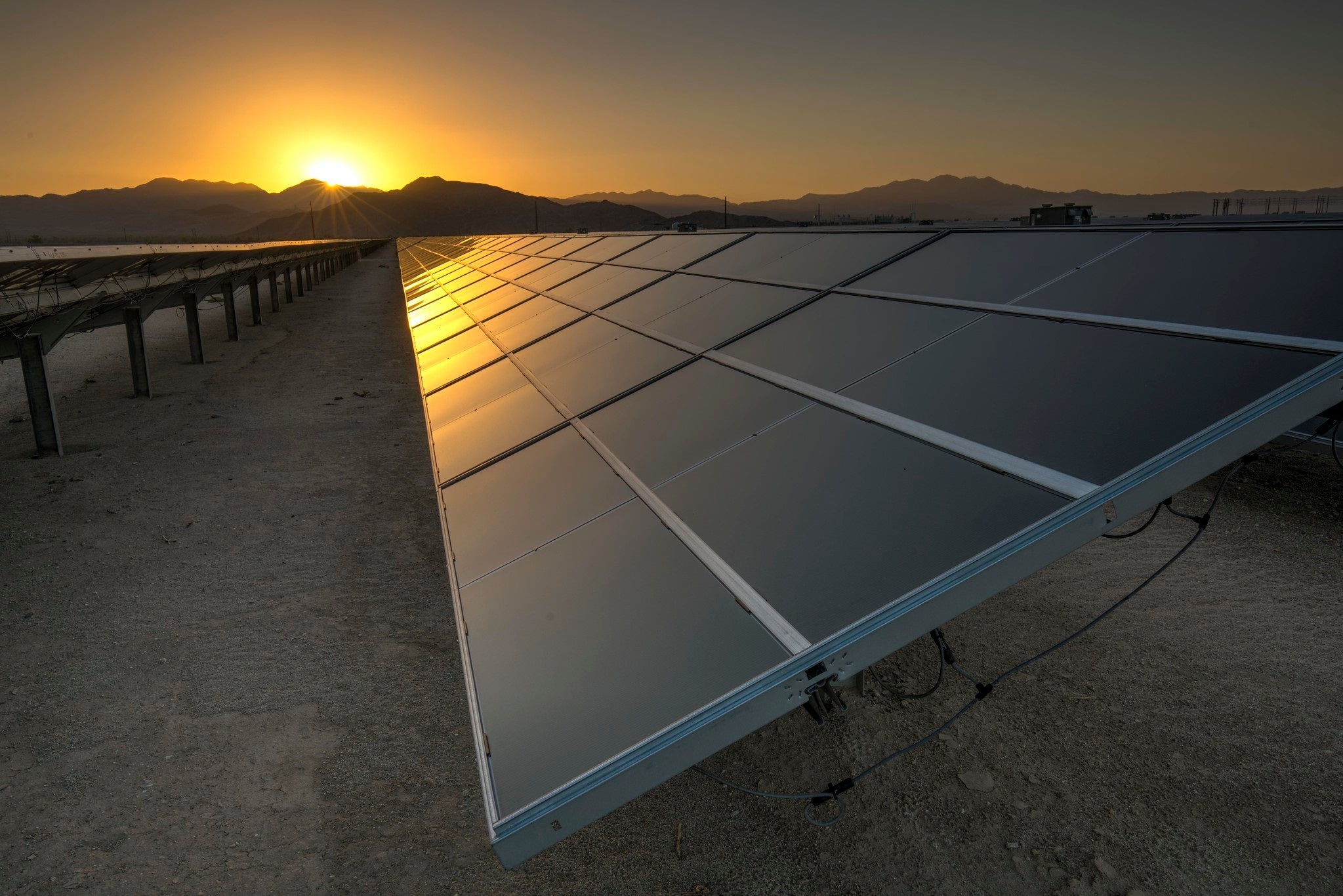
Governor Sisolak set the stage for strong climate action. Now, Nevada must deliver.
The latest report from the Intergovernmental Panel on Climate Change (IPCC) issued a stark warning: societies have not done enough to mitigate and adapt to the effects of climate change, endangering millions of lives, and must take urgent, “transformational” action to avert the worst outcomes of human-caused climate change.
Nevada is already feeling a range of climate change impacts – from Lake Mead’s falling water levels and declining spring snowpacks threatening critical water supplies to rising summer temperatures in Las Vegas and Reno threatening public health. In fact, without strong action to curb climate change, the state could see more than triple the number of heat wave days, which are projected to rise from 15 days to nearly 55 annually by 2050. All of these impacts have a disproportionate effect on the health of low-income communities, communities of color and tribal communities because they often lack the community infrastructure, such as quality health care and housing, to cope with these impacts as a result of decades of disinvestment.
Governor Sisolak directly addressed the climate threats bearing down on communities across the state in his 2022 State of the State speech, highlighting strategic climate investments, clean energy development and heat mitigation as priorities. While these are crucial actions that signal Gov Sisolak’s continued commitment to climate action, they will not be enough to meet the accelerating climate challenge head-on. Nevada will have to go further and faster with strong policy that directly targets – and limits – climate pollution.
Taking stock of Nevada’s key climate targets and policies
The initiatives announced in February follow years of climate leadership under Governor Sisolak, who in 2019 joined 25 governors in the U.S. Climate Alliance, a bipartisan group of states committed to reducing emissions in line with the Paris Agreement. That same year, Sisolak also signed two key Senate Bills; SB 254, which set economy-wide emission reduction targets of 28% by 2025, 45% by 2030, and net-zero (near-zero) by 2050; and SB 358, which increased the Renewable Portfolio Standard and setting a power sector goal of 100% clean electricity by 2050.
Nevada also launched the Clean Cars Nevada initiative to tackle transportation emissions – the biggest source of emissions in the state – and became the 16th state in the nation to adopt clean car standards, joining other leadership states in calling for a national clean car standard.
While these actions and policies, among others taken by Governor Sisolak in recent years, will reduce emissions and foster a more diverse and resilient economy, Nevada’s 2020 State Climate Strategy acknowledged that existing policies are insufficient for the state to meet its 2025 and 2030 greenhouse gas reduction goals. Nevada’s own 2021 Greenhouse Gas Emissions Inventory identifies the same challenge, estimating that Nevada will only reduce its emissions by 24% by 2030 – well short of its statutory goal of 45% below 2005 levels by 2030. As the report states, “Nevada is currently projected to fall well short of its 2030 goal for GHG emissions reductions unless more aggressive investment and policies are adopted in both the near and medium term.” With the latest research from the IPCC clearly showing the catastrophic costs of not meeting these goals, it is crucial that Nevada – and other states – enact policy that will swiftly curb emissions.
Why a declining limit on climate pollution is the right solution
To close its emissions gap and curb the most devastating climate impacts, Nevada needs to adopt more ambitious policies that can tackle climate pollution at the pace and scale required. Luckily, there is a policy framework that is capable of meeting this challenge: enforceable, declining limits on climate pollution.
These kinds of limits are already in place in several states across the country; most recently, Washington passed the Climate Commitment Act, which creates a cap-and-invest system to reduce emissions and specifically invest in frontline communities that are most vulnerable to the effects of climate change. An economy-wide, declining limit on climate pollution can play a major role in closing this emissions gap, while creating powerful new economic opportunities and delivering the ambitious climate action Nevadans demand.
Here are key strengths of this policy:
- Provides certainty: By directly targeting climate pollution, a firm, economy-wide limit can provide the greatest possible certainty that emissions targets will be reached.
- Offers flexibility: A declining, economy-wide limit can simultaneously provide the kind of flexibility needed to accelerate pollution reductions by unlocking the lowest-cost reductions first. For example, a declining limit on pollution will likely accelerate power sector reductions because those reductions are easier and cheaper to achieve than comparable reductions from other sectors. At the same time, the limit would act as a catalyst for cleaning up the industrial and transportation sectors by creating incentives for low-carbon solutions—driving clean investment and innovation in these harder to reach sectors of the economy.
- Drives a stronger, clean energy economy: This approach will help further efforts to create a more sustainable and resilient economy for Nevada both by limiting the damaging economic impacts of climate change and by sending a strong market signal to investors, entrepreneurs and innovators to locate and create jobs of the future in Nevada.
Ensuring equity in policy design
Equity must be a priority for any climate policy, and – if well designed – a program with a firm declining limit can deliver reductions in global climate emissions and also address locally harmful air pollution in overburdened communities, including by:
- Identifying communities with disproportionately high cumulative pollution burdens and requiring air quality monitoring in those communities can help reduce this pollution burden while also reducing the state’s greenhouse gas emissions.
- Placing more stringent obligations on emitters with operations in those identified overburdened communities can also help to improve air quality in the most impacted neighborhoods.
- Ensuring policy decisions are guided by environmental justice assessments with meaningful input from community members. Additionally, advisory groups must accurately represent frontline and vulnerable communities.
Prioritizing equity in program design from the very beginning can help ensure that air quality improvements and clean energy investments benefit the communities that need them the most.
Nevadans are demanding stronger climate action
Nevadans are ready to embrace ambitious policy solutions: a 2021 poll found that two-thirds of Nevada voters support lawmakers taking strong action to combat climate change, and 70% strongly support regulations to place a limit on total carbon emissions in the state.
Now, it’s time for Governor Sisolak to deliver.
Governor Sisolak has made bold commitments and set Nevada on a track to be a leader on climate change, but it will take serious work to follow through on Nevada’s goals. A policy framework that puts a declining limit on carbon pollution and centers equity can deliver the concrete climate action that Nevadans need, create good-paying clean energy jobs and reduce harmful air pollution in overburdened communities.












